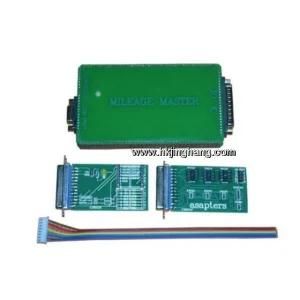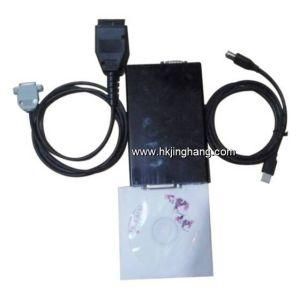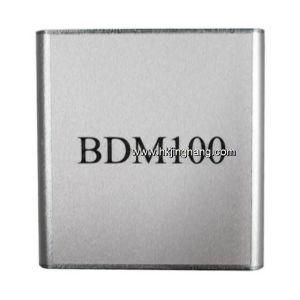Small Dairy Milk Production Line, Cheese and Milk Making Machines
Guangdong Yincai Science & Technology Co., Ltd. / 2022-07-05
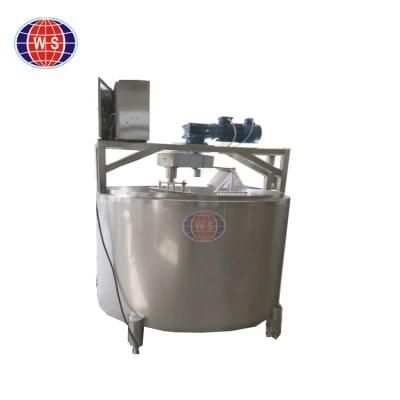
- After-sales Service:Overseas Service
- Warranty:One Year
- Process:Ferment
- Power Source:Steam or Electric
- Certification:CE, ISO9001
- Automatic Grade:Automatic
=== Base Info ===
- Model NO.:WS-NLC-500
- Application:Milk, Cheese
- Customized:Customized
- Material:SUS304 or 316
- Power:0.55kw
- Weight:100kg-1000kg
- Dimension:Normal
- Condition:New
- Raw Material:Milk
- Transport Package:Plastic Film Packing & Packaging Cloth Packing
- Specification:Customized
- Trademark:WS
- Origin:China
- Production Capacity:60sets,Month
=== Description ===
Basic Info.
Model NO. WS-NLC-500 Application Milk, Cheese Customized Customized Material SUS304 or 316 Power 0.55kw Weight 100kg-1000kg Dimension Normal Condition New Raw Material Milk Transport Package Plastic Film Packing & Packaging Cloth Packing Specification Customized Trademark WS Origin China Production Capacity 60sets/MonthProduct Description
Factory: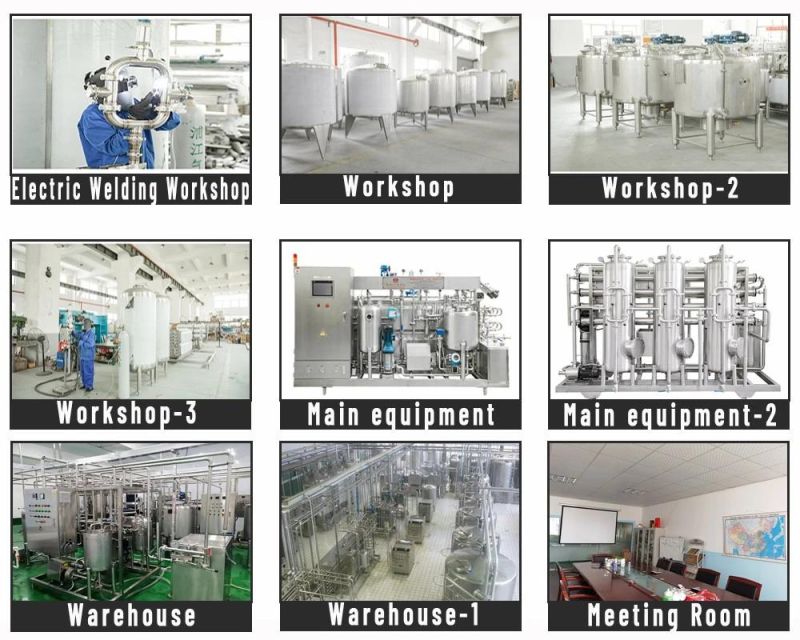
Production details:
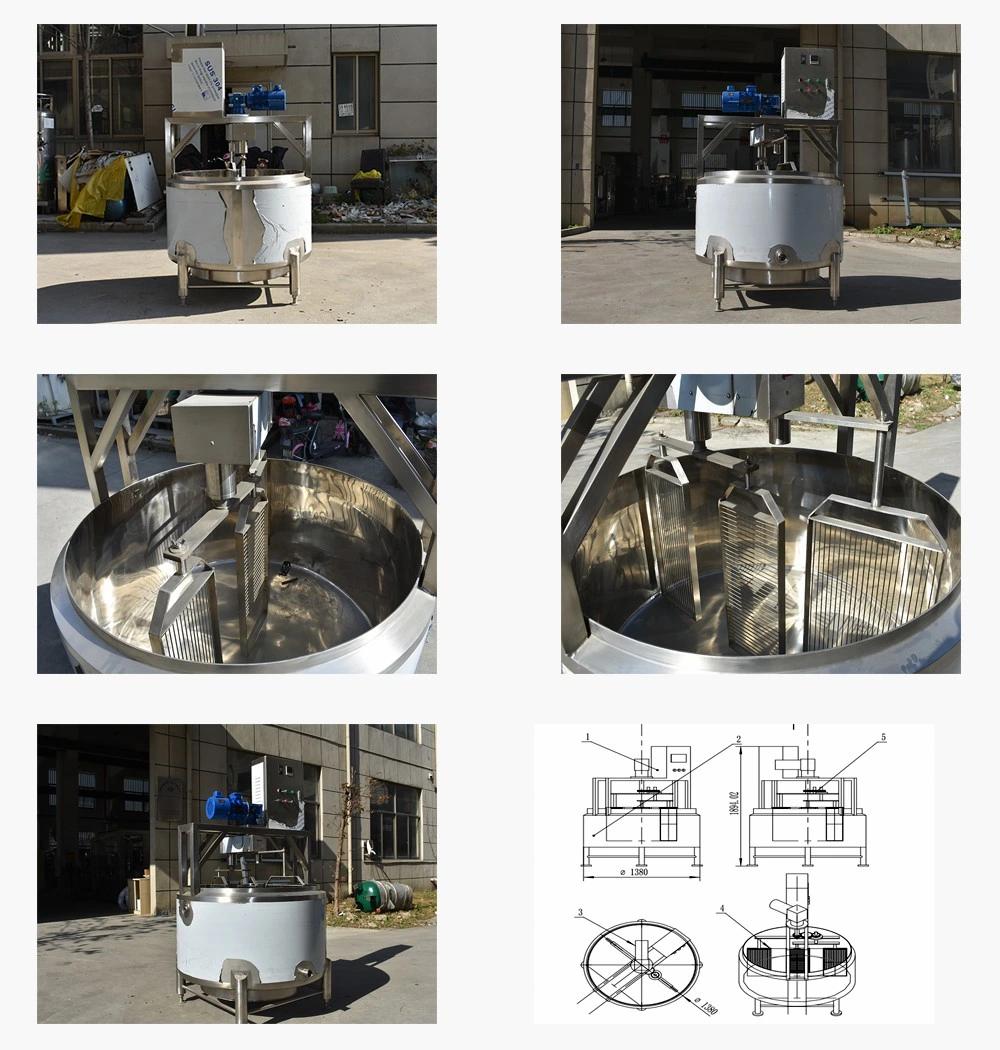
Cheese vat: a round vat in which the curd is formed and cut or broken in cheese making.
Structure: three layers stainless steel tank, Overhead Agitator, Control box/panel, Adjustable foot.
Control box/panel: control the heating temperature&holding time and the start and stop of the mixing motor.
Agitator driven by two motors: one motor for stirring blade Rotary motion, one motor for stirring blade Longitudinal motion(three stirring paddles)
| Model | WS-NLC |
| Volume | 100-2000L |
| Agitator | 1-3pcs |
| Application | Cheese processing |
| Stirring speed | 36rpm |
| Insulation material | polyester foam |
| Insulation thickness | 50mm-70mm |
| Default power system | 220V/1P/50 Hz or 380V/3P/50Hz, it can be customized. |
The cheese milk is pre-treated, possibly pre-ripened after addition of a bacteria culture appropriate to the type of cheese,and mixed with rennet. The enzyme activity of the rennet causes the milk to coagulate into a solid gel known as coagulum.
This is cut with special cutting tools into small cubes of the desired size - primarily to facilitate expulsion of whey.
During the rest of the curdmaking process, the bacteria grow and multiply and form lactic acid from the lactose. The curd grains are subjected to mechanical treatment with stirring tools, while at the same time the curd is heated, according to a pre-set program. The combined effect of these three actions - growth of bacteria, mechanical treatment and heat treatment - results in syneresis, i.e. expulsion of whey from the curd grains. The finished curd is placed in cheese moulds,mostly made of plastic, which determine the shape and size of the finished cheese.
The cheese is pressed, either by its own weight or more commonly by applying pressure to the moulds. Treatment during curdmaking, pressing, brining and storage conditions determines the characteristics of the cheese.
Finally, the cheese is coated, wrapped or packed.

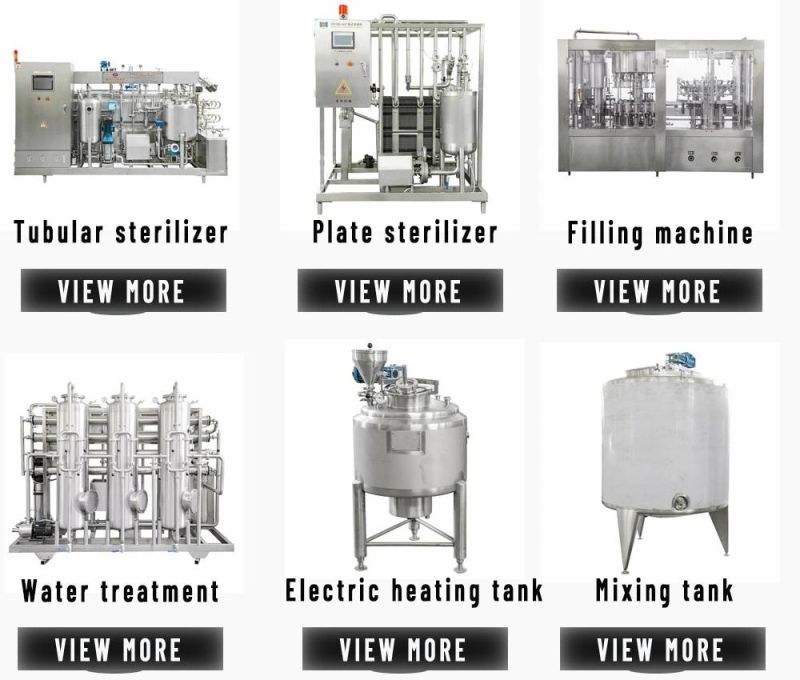
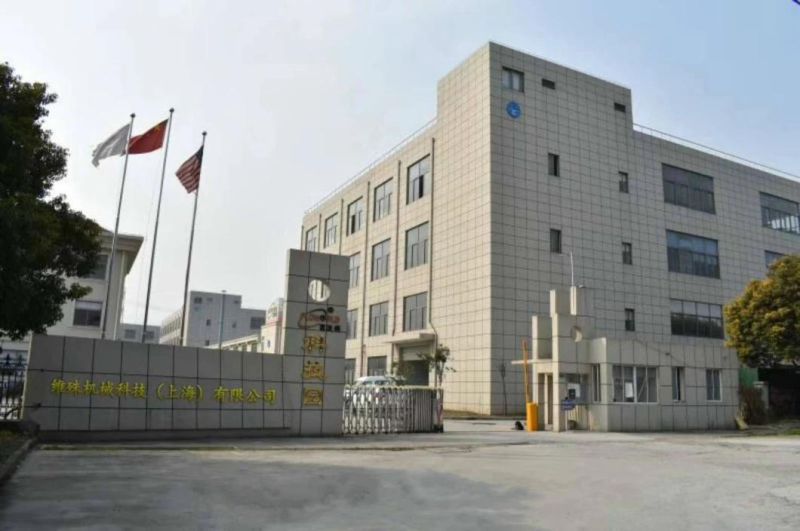
New product
Hot product
- Gm Candi Interface
2022-06-23
- Scan Dash V2.0 for BMW
2022-06-23
- K+Can Commander 2.0
2022-06-23
- Mut-3 Professional Diagnostic Tool Mut3
2022-06-23
- CKM-100 Key Programmer for Benz/BMW
2022-06-23
- Fuel Injector Tester & Cleaner (MST-N6A)
2022-06-23
- Mst 9000+ Plus ECU Simulator
2022-06-23
- OBD Ii Code Reader Mst-300, OBD2 Code Scanner
2022-06-23
- Digital Battery Analyzer (SC-100)
2022-06-23
- VAS5052A PC VERSION with VAS5054A Wireless Bluetooth Communicate
2022-06-23

